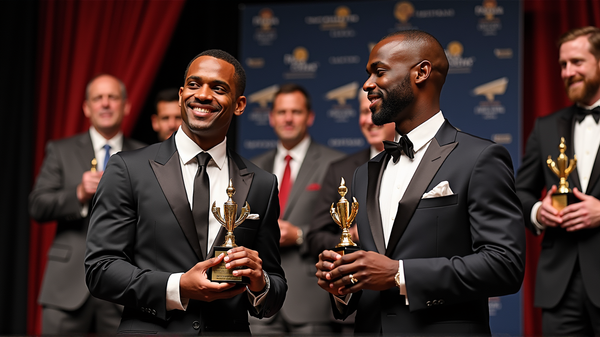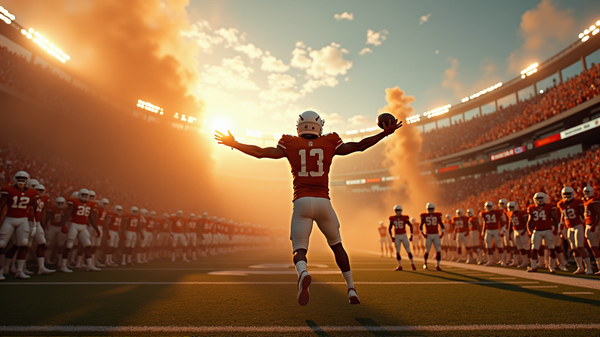NOCSAE Paves the Way for Safer Youth Football Helmets in Historic Decision
In a groundbreaking move that’s set to reshape youth sports safety, the National Operating Committee on Standards for Athletic Equipment (NOCSAE) has finalized the first-ever standard for youth football helmets. As stated in KCTV, this pivotal decision took place at a significant meeting held in Kansas City, a location renowned for its deep roots in American football culture.
Understanding the NOCSAE and Its Role
For those unfamiliar, the NOCSAE is a leading authority in developing standards for athletic equipment to ensure the safety and well-being of athletes. This latest move marks their commitment to enhancing safety measures specifically for children below the high school level who partake in football—a sport loved by many but fraught with concerns over concussions and head injuries.
The Evolution of Football Helmet Standards
Prior to this standard, helmet safety guidelines largely targeted older players, leaving a gap that potentially compromised the safety of younger athletes. Industry stakeholders and concerned parents alike have long awaited a tailored standard that addresses the unique physiological needs of younger players.
Key Features of the New Standard
The newly adopted standards emphasize crucial attributes that helmets for youth players must possess, including improved energy mitigation, better fit, and materials that cater to the lighter body mass of young athletes. These measures are poised to reduce the risk of concussions, ensuring that the sport remains as safe as it is thrilling.
Impact on Youth Football
NOCSAE’s decision is not just a triumph for regulation but also a victory for the millions of children who step onto the football field each year with dreams of touchdowns. With this initiative, the organization underscores its dedication to protecting these budding athletes, giving parents peace of mind as they watch their children chase their dreams under Friday night lights.
What This Means Moving Forward
Manufacturers now face a new era of innovation, as helmet designs will evolve to meet these enhanced standards. It signals a positive challenge—one that encourages creativity and holds the promise of safer sporting experiences for the most vulnerable players.
Final Thoughts: Looking to the Future of Safety
As this new standard takes effect, communities and sports organizations will likely rally to support its adoption, reinforcing a universal commitment to player safety. This development is a reminder of the critical balance between the excitement of the game and the imperatives of athlete safety—a balance that organizations like NOCSAE continue to strive towards.
The road to ensuring that sports are safe for everyone, especially children, is a collective effort, one that involves adhering to these new benchmarks and continuously seeking ways to improve and innovate. The journey toward safety is endless, but with standards like these, we take a significant step towards securing our young athletes’ futures.




